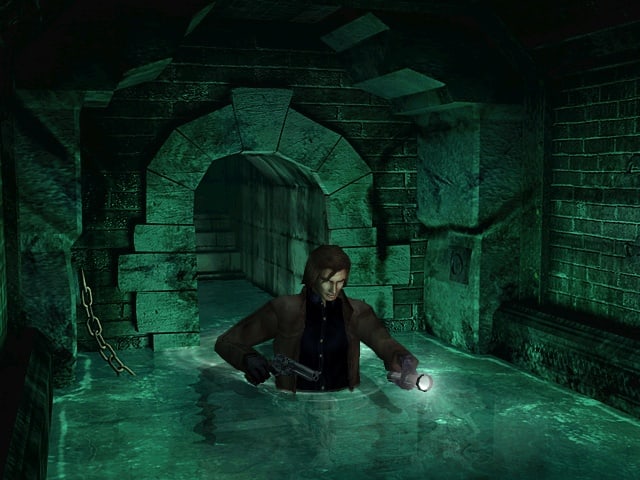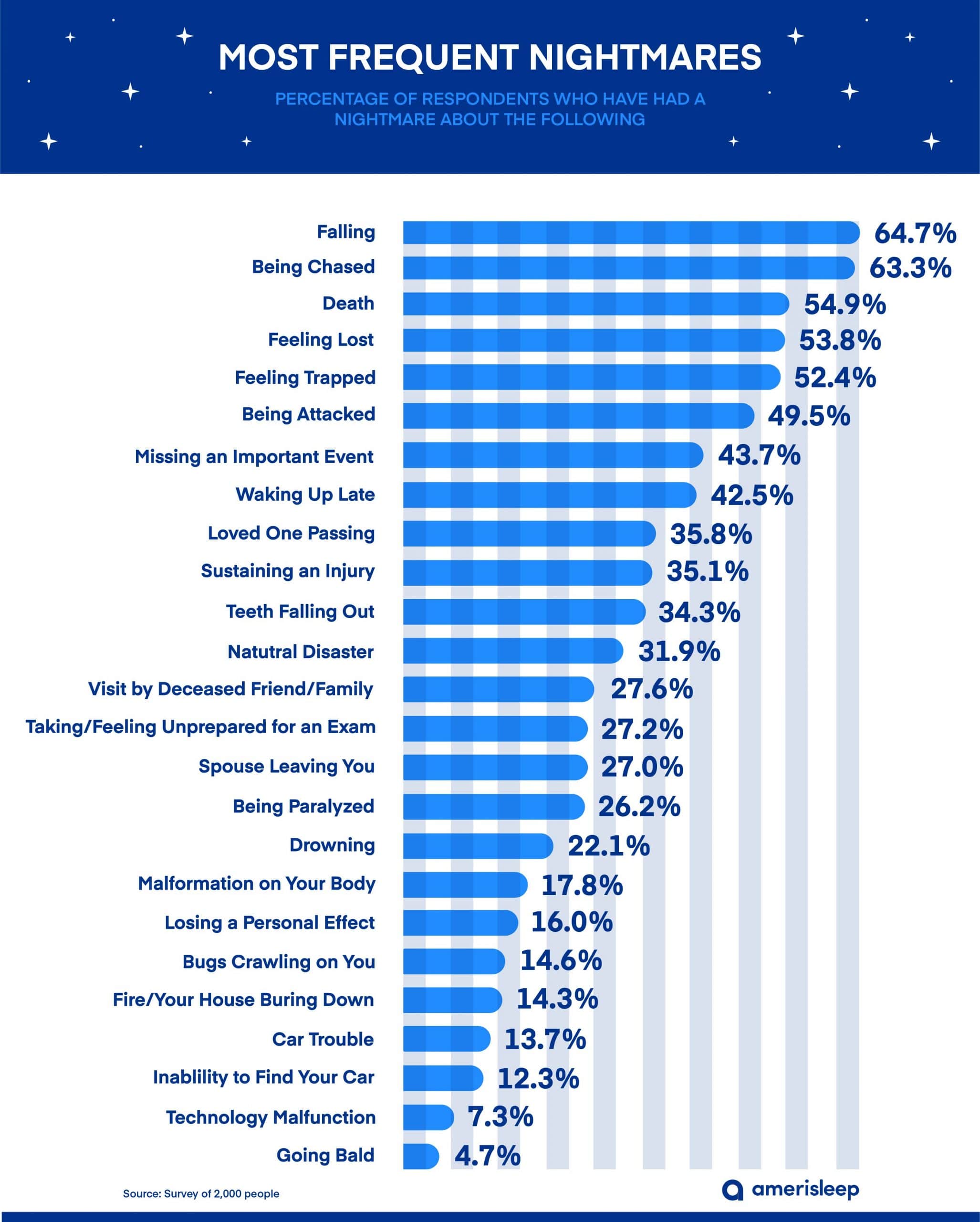
They theorise that the part of the brain responsible for processing the body map and self is disturbed, often resulting in the dreamer projecting a human-like figure. Sometimes we wake up mentally while still under the “spell” of REM paralysis and the “vivid - sometimes terrifying - dreams of REM sleep can spill over into emerging wakefulness”, the two scientists conclude. Rapid eye movement (REM) sleep often creates the most emotionally charged dreams, so our brain paralyses our body to ensure we don’t hurt ourselves. Ramachandran proposed neurological theories for why some people hallucinate shadowy figures during sleep paralysis. A modern alternative to SparkNotes and CliffsNotes, SuperSummary offers high-quality study guides that feature detailed chapter summaries and analysis of major themes, characters, quotes, and essay topics.

And of course, Krueger wears a hat.”īut a 2017 paper by leading neuroscientists Baland Jalal and V.S. Thanks for exploring this SuperSummary Plot Summary of A Meeting In The Dark by Ngg wa Thiongo. “This notion that you can be attacked when you’re asleep, that’s when you’re vulnerable.

“When I sat and thought about, the thing that came to my mind was Freddy Krueger ,” said Christopher French, a psychology professor at Goldsmiths, University of London. Some experts say the idea of the Hat Man may be subconscious reworkings of figures from popular culture, including popular horror films in recent times. “What they’re seeing is very real to them, and they’re reacting to the image in a way that seems to be very similar across individuals, across cultures, and across geographies,” Avidan said. Sleep paralysis is a common occurrence that, according to a 2011 US study, affects almost 8% of people regularly.ĭr Alon Avidan, director of the Sleep Disorders Center at University of California, Los Angeles, told Quartz that visions of spiders and insects are also common among sufferers. frequently, he or she sees a shadowy or indistinct shape approaching and becomes increasingly terrified”, Adler writes. In the field of sleep research, “this experience is termed sleep paralysis: an individual, in the process of falling asleep or awakening, finds himself or herself completely awake, but unable to move or speak. “The entity has stalked human beings throughout history, not merely within a particular society or during a specific time,” says Shelley Adler in her book Sleep Paralysis: Night-mares, Nocebos, and the Mind-Body Connection.Īmong the Canadian Inuit, the word uqumangirniq described this awake-but-paralysed feeling, while the Japanese call it kanashibari. For about as long as written records have existed, “people have described a frightening night-time vision that paralyses them with fear and seems to suck the breath right out of them, often by pressing directly upon their chest”, reports Quartz.

The phenomenon has attracted widespread attention, inspiring documentaries on the subject and the launch of a dedicated blog, The Hatman Project, where people can share their experiences.


 0 kommentar(er)
0 kommentar(er)
